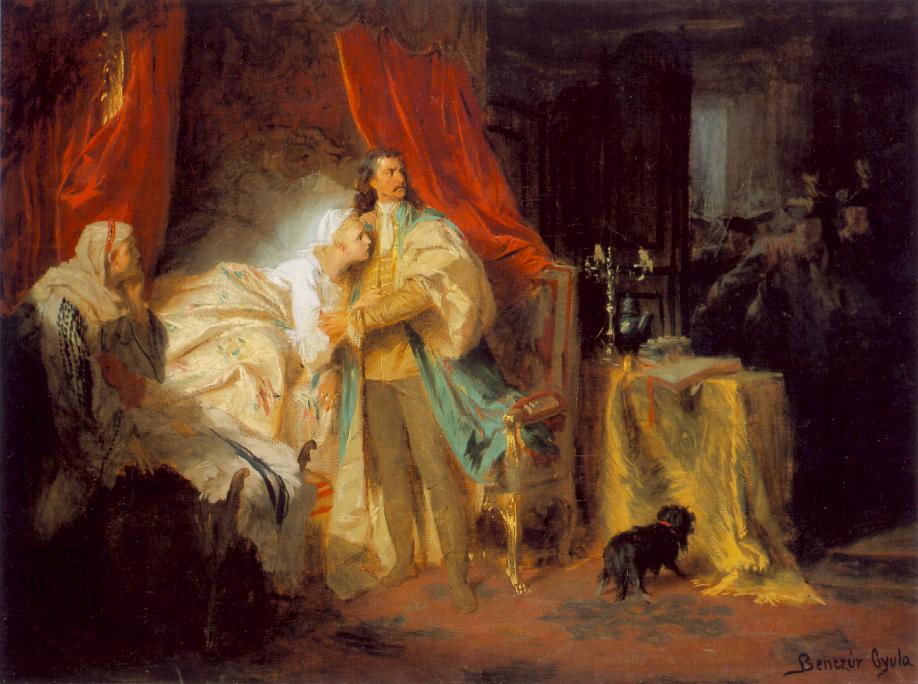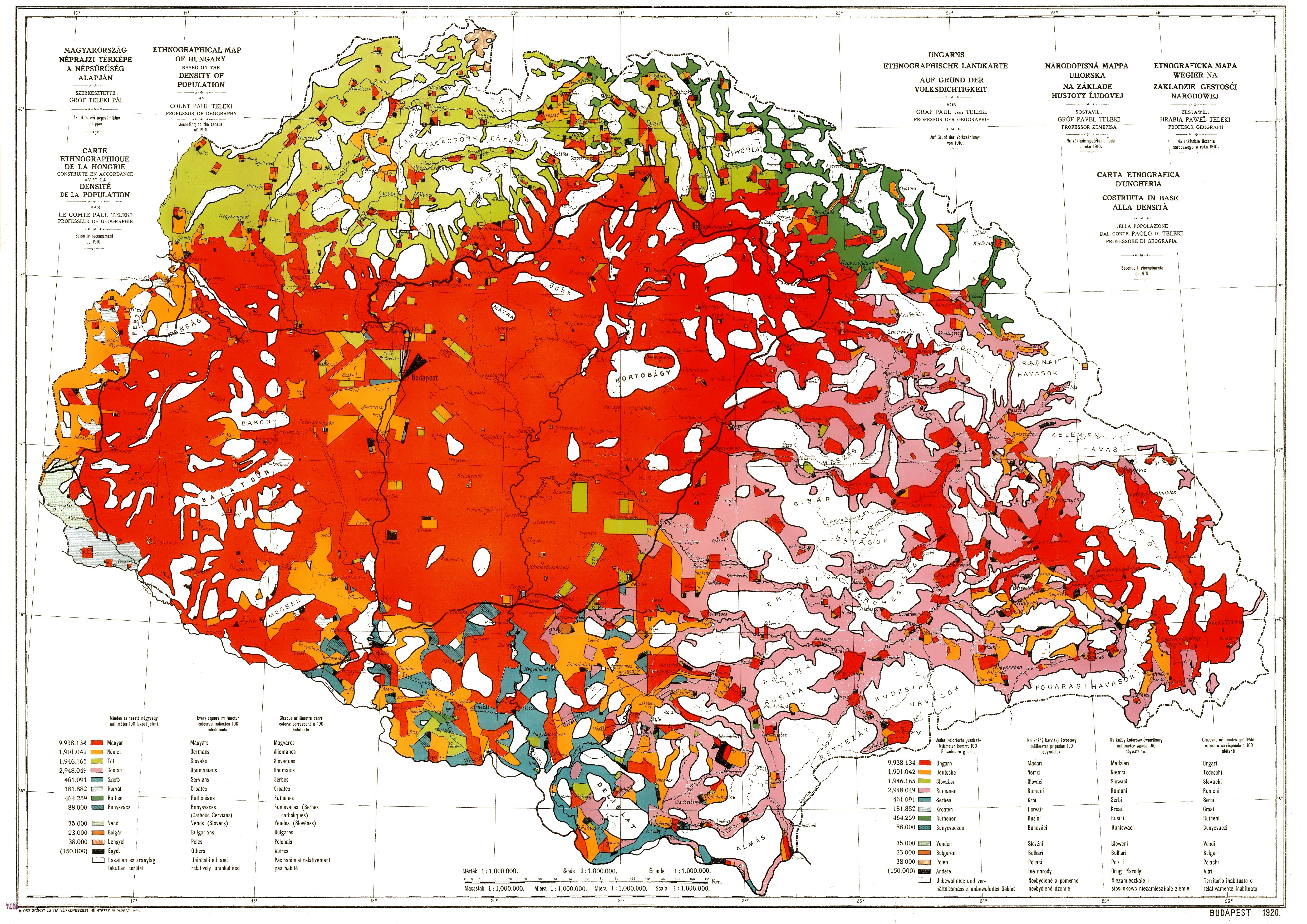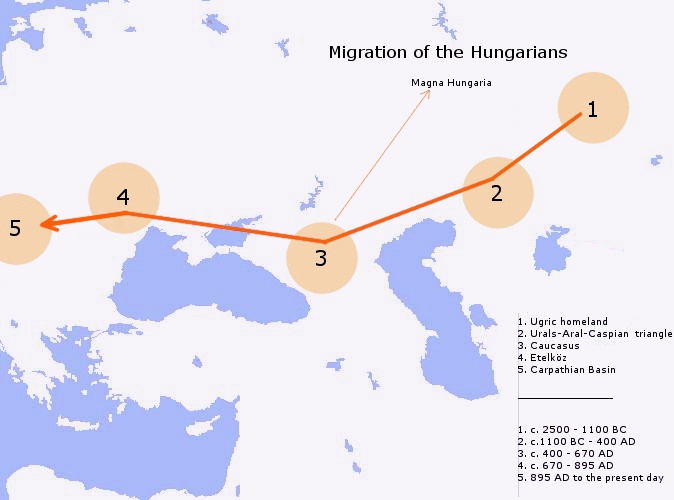|
Borša
Borša () is a village and municipality in the Trebišov District in the Košice Region of eastern Slovakia. The village is famed as the birthplace of Francis II Rákóczi. History In historical records the village was first mentioned in 1221. Borša is the hometown of Francis II Rákóczi who was born here on 27 March 1676. Rákóczi's castle in the village is being under reconstruction since 2018, serving as a museum. Geography The village lies at an altitude of 102 metres and covers an area of 9.54 km². It has a population of about 1250 people. Ethnicity By the beginning of 20th century, the village had an absolute Hungarian majority. In census of 1910 during the period of Magyarization, the village had 783 inhabitants, of which 778 were Hungarians. In the most recent Slovak census of 2011, 644 inhabitants were Slovaks (53.0%) and 545 were Hungarians (44.9%). Facilities The village has a public library and a football pitch. Genealogical resources The records fo ... [...More Info...] [...Related Items...] OR: [Wikipedia] [Google] [Baidu] |
List Of Municipalities And Towns In Slovakia
This is an alphabetical list of the 2,891 (singular , "municipality") in Slovakia. They are grouped into 79 Districts of Slovakia, districts (, singular ), in turn grouped into 8 Regions of Slovakia, regions (, singular ); articles on individual districts and regions list their municipalities. The average area of Slovak municipalities is about and an average population of about 1,888 people. * Ábelová * Abovce * Abrahám * Abrahámovce, Bardejov District * Abrahámovce, Kežmarok District * Abramová * Abranovce * Adamovské Kochanovce * Adidovce * Alekšince * Andovce * Andrejová * Ardanovce * Ardovo * Arnutovce * Báb, Nitra District, Báb * Babie * Babín * Babiná * Babindol * Babinec, Slovakia, Babinec * Bacúch * Bacúrov * Báč * Bačka, Slovakia, Bačka * Bačkov, Trebišov District, Bačkov * Bačkovík * Baďan * Bádice * Badín * Báhoň * Bajany * Bajč * Bajerov * Bajerovce * Bajka * Bajtava * Baka, Slovakia, Baka * Balá ... [...More Info...] [...Related Items...] OR: [Wikipedia] [Google] [Baidu] |
Trebišov District
Trebišov District (, ; ) is a Districts of Slovakia, district in the Košice Region of eastern Slovakia. Until 1918, the district was mostly part of the Administrative divisions of the Kingdom of Hungary, Hungarian county of Zemplén County, Zemplén, apart from a small area in the south-east around Veľké Trakany which formed part of the county of Szabolcs (county), Szabolcs. Municipalities *Bačka, Slovakia, Bačka *Bačkov, Trebišov District, Bačkov *Bara, Trebišov District, Bara *Biel, Trebišov District, Biel *Boľ *Borša *Boťany *Brehov *Brezina, Slovakia, Brezina *Byšta *Cejkov *Čeľovce *Čerhov *Černochov *Čierna *Čierna nad Tisou *Dargov *Dobrá, Trebišov District, Dobrá *Dvorianky *Egreš *Hraň *Hrčeľ *Hriadky *Kašov *Kazimír *Klin nad Bodrogom *Kožuchov *Kráľovský Chlmec *Kravany, Trebišov District, Kravany *Kuzmice, Trebišov District, Kuzmice *Kysta *Ladmovce *Lastovce *Leles *Luhyňa *Malá Tŕňa *Malé Ozorovce *Malé Trakany *Malý Hore ... [...More Info...] [...Related Items...] OR: [Wikipedia] [Google] [Baidu] |
Francis II Rákóczi
Francis II Rákóczi (, ; 27 March 1676 – 8 April 1735) was a Hungarian nobleman and leader of the Rákóczi's War of Independence against the Habsburgs in 1703–1711 as the prince () of the Estates Confederated for Liberty of the Kingdom of Hungary. He was also Prince of Transylvania, an Imperial Prince, and a member of the Order of the Golden Fleece. Today he is considered a national hero in Hungary. His name is historically also spelled Rákóczy, in , in , in , in (, ), in , in . Although the Hungarian parliament offered Rákóczi the royal crown, he refused it, choosing instead the temporary title of the "Ruling Prince of Hungary". Rákóczi intended to bear this military-sounding title only during the anti-Habsburg war of independence. By refusing the royal crown, he proclaimed to Hungary that it was not his personal ambition that drove the war of liberation against the Habsburg dynasty. Childhood He was the richest landlord in the Kingdom of Hungary and the count (' ... [...More Info...] [...Related Items...] OR: [Wikipedia] [Google] [Baidu] |
Slovak Car Registration Plates
Vehicles registered in Slovakia were generally assigned to one of the districts (''okres'') and from 1997 until 2022, the license plate coding () generally consisted of seven characters and takes the form XX-NNNLL, where XX was a two letter code corresponding to the district, NNN was a three digit number and LL were two additional letters (assigned alphabetically). From January 2023, a new state-wide numbering scheme was introduced, preserving the same layout, but replacing the initial two-letter district code with arbitrary letters of the alphabet (assigned alphabetically, starting with AA). Other changes include new font and a smaller coat of arms. Appearance There are three design varieties that are in valid use. * Between 1 April 1997 and 30 April 2004, the plates contained the Coat of Arms of Slovakia in the top left corner and the country code SK in the bottom left. The two district identifiers were separated from the serials by a dash. * On 1 May 2004, Slovakia joined t ... [...More Info...] [...Related Items...] OR: [Wikipedia] [Google] [Baidu] |
Association Football Pitch
A football pitch or soccer field is the playing surface for the game of association football. Its dimensions and markings are defined by Law 1 of the Laws of the Game (association football), Laws of the Game, "The Field of Play". The pitch is typically made of natural Sod, turf or artificial turf, although amateur and recreational teams often play on dirt fields. Artificial surfaces are allowed only to be green in colour. All line markings on the Pitch (sports), pitch form part of the area which they define. For example, a ball on or above the touchline is still on the field of play, and a foul committed over the line bounding the penalty area results in a penalty. Therefore, a ball has to completely cross the touchline to be out of play, and a ball has to fully cross the goal line (between the goal posts) in order for a goal to be scored; if any part of the ball is still on or above the line, a goal is not scored and the ball is still in play. The field descriptions that apply ... [...More Info...] [...Related Items...] OR: [Wikipedia] [Google] [Baidu] |
Magyarization
Magyarization ( , also Hungarianization; ), after "Magyar"—the Hungarian autonym—was an assimilation or acculturation process by which non-Hungarian nationals living in the Kingdom of Hungary, then part of the Austro-Hungarian Empire, adopted the Hungarian national identity and language in the period between the Compromise of 1867 and Austria-Hungary's dissolution in 1918. Magyarization occurred both voluntarily and as a result of social pressure, and was mandated in certain respects by specific government policies. Before World War I, only three European countries declared ethnic minority rights, and enacted minority-protecting laws: the first was Hungary (1849 and 1868), the second was Austria (1867), and the third was Belgium (1898). In contrast, the legal systems of other pre-WW1 era European countries did not allow the use of European minority languages in primary schools, in cultural institutions, in offices of public administration and at the legal courts. Magyar ... [...More Info...] [...Related Items...] OR: [Wikipedia] [Google] [Baidu] |
Hungarian People
Hungarians, also known as Magyars, are an ethnic group native to Hungary (), who share a common culture, language and history. They also have a notable presence in former parts of the Kingdom of Hungary. The Hungarian language belongs to the Ugric branch of the Uralic language family, alongside the Khanty and Mansi languages. There are an estimated 14.5 million ethnic Hungarians and their descendants worldwide, of whom 9.6 million live in today's Hungary. About 2 million Hungarians live in areas that were part of the Kingdom of Hungary before the Treaty of Trianon in 1920 and are now parts of Hungary's seven neighbouring countries, Slovakia, Ukraine, Romania, Serbia, Croatia, Slovenia, and Austria. In addition, significant groups of people with Hungarian ancestry live in various other parts of the world, most of them in the United States, Canada, Germany, France, the United Kingdom, Chile, Brazil, Australia, and Argentina, and therefore constitute the Hungarian diaspora (). ... [...More Info...] [...Related Items...] OR: [Wikipedia] [Google] [Baidu] |
27 March
Events Pre-1600 *1309 – Pope Clement V imposes excommunication and interdiction on Venice, and a general prohibition of all commercial intercourse with Venice, which had seized Ferrara, a papal fiefdom. *1329 – Pope John XXII issues his ''In Agro Dominico'' condemning some writings of Meister Eckhart as heretical. * 1513 – Spanish explorer Juan Ponce de León reaches the northern end of The Bahamas on his first voyage to Florida. 1601–1900 *1625 – Charles I becomes King of England, Scotland and Ireland as well as claiming the title King of France. *1638 – The first of four destructive Calabrian earthquakes strikes southern Italy. Measuring magnitude 6.8 and assigned a Mercalli intensity of XI, it kills 10,000–30,000 people. *1782 – The Second Rockingham ministry assumes office in Great Britain and begins negotiations to end the American War of Independence. *1794 – The United States Government establishes a permanent navy and a ... [...More Info...] [...Related Items...] OR: [Wikipedia] [Google] [Baidu] |
History
History is the systematic study of the past, focusing primarily on the Human history, human past. As an academic discipline, it analyses and interprets evidence to construct narratives about what happened and explain why it happened. Some theorists categorize history as a social science, while others see it as part of the humanities or consider it a hybrid discipline. Similar debates surround the purpose of history—for example, whether its main aim is theoretical, to uncover the truth, or practical, to learn lessons from the past. In a more general sense, the term ''history'' refers not to an academic field but to the past itself, times in the past, or to individual texts about the past. Historical research relies on Primary source, primary and secondary sources to reconstruct past events and validate interpretations. Source criticism is used to evaluate these sources, assessing their authenticity, content, and reliability. Historians strive to integrate the perspectives o ... [...More Info...] [...Related Items...] OR: [Wikipedia] [Google] [Baidu] |
Central European Summer Time
Central European Summer Time (CEST, UTC+02:00), sometimes referred to as Central European Daylight Time (CEDT), is the standard clock time observed during the period of summer daylight-saving in those European countries which observe Central European Time (CET; UTC+01:00) during the other part of the year. It corresponds to UTC+02:00, which makes it the same as Eastern European Time, Central Africa Time, South African Standard Time, Egypt Standard Time and Kaliningrad Time in Russia. Names Other names which have been applied to Central European Summer Time are Middle European Summer Time (MEST), Central European Daylight Saving Time (CEDT), and Bravo Time (after the second letter of the NATO phonetic alphabet). Period of observation Since 1996, European Summer Time has been observed between 01:00 UTC (02:00 CET and 03:00 CEST) on the last Sunday of March, and 01:00 UTC on the last Sunday of October; previously the rules were not uniform across the European Union. The ... [...More Info...] [...Related Items...] OR: [Wikipedia] [Google] [Baidu] |
Central European Time
Central European Time (CET) is a standard time of Central, and parts of Western Europe, which is one hour ahead of Coordinated Universal Time (UTC). The UTC offset, time offset from UTC can be written as UTC+01:00. It is used in most parts of Europe and in several African countries. CET is also known as Middle European Time (MET, German: :de:Mitteleuropäische Zeit, MEZ) and by colloquial names such as Amsterdam Time, Berlin Time, Brussels Time, Budapest Time, Madrid Time, Paris Time, Stockholm Time, Rome Time, Prague time, Warsaw Time or Romance Standard Time (RST). The 15th meridian east is the central axis per UTC+01:00 in the world system of time zones. As of 2023, all member state of the European Union, member states of the European Union observe summer time (daylight saving time), from the last Sunday in March to the last Sunday in October. States within the CET area switch to Central European Summer Time (CEST, UTC+02:00) for the summer. The next change to CET is scheduled ... [...More Info...] [...Related Items...] OR: [Wikipedia] [Google] [Baidu] |




